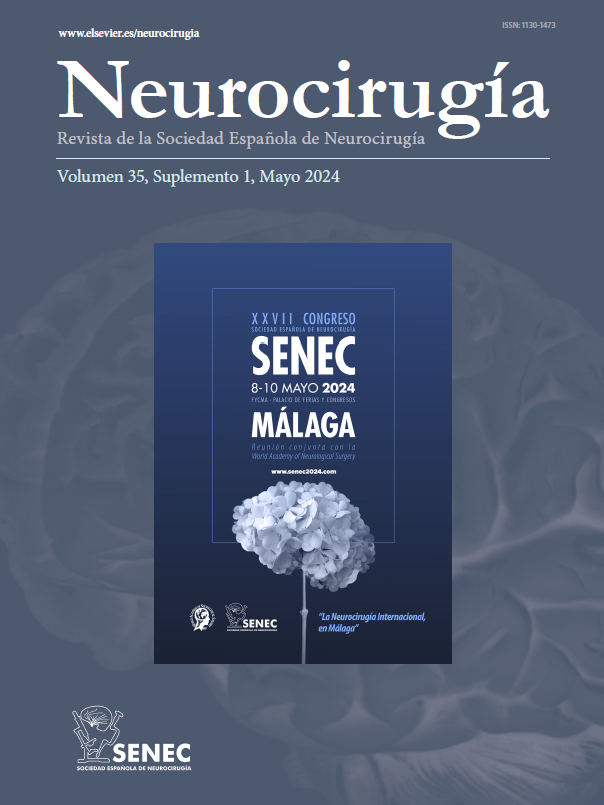Journal Information
Clinical Research
Neuromonitoring in the severe traumatic brain injury. Spanish Trauma ICU Registry (RETRAUCI)
Neuromonitorización en el traumatismo craneoencefálico grave. Datos del Registro español de Trauma en UCI (RETRAUCI)
Juan Antonio Llompart-Poua, Jesús Abelardo Barea-Mendozab, Marcelino Sánchez-Casadoc, Javier González-Robledod, Dolores María Mayor-Garcíae, Neus Montserrat-Ortizf, Pedro Enríquez-Giraudog, María Lourdes Cordero-Lorenzanah, Mario Chico-Fernándezb,
, on behalf of the Neuro-intensive Medicine and Trauma Working Group of the SEMICYUC
Corresponding author
a Servei de Medicina Intensiva, Hospital Universitari Son Espases, Institut de Investigació Sanitària Illes Balears (IdISBa), Palma, Balearic Islands, Spain
b UCI de Trauma y Emergencias, Servicio de Medicina Intensiva, Hospital Universitario 12 de Octubre, Madrid, Spain
c Servicio de Medicina Intensiva, Hospital Virgen de la Salud, Toledo, Spain
d Servicio de Medicina Intensiva, Complejo Asistencial Universitario de Salamanca, Salamanca, Spain
e Servicio de Medicina Intensiva, Complejo Hospitalario de Torrecárdenas, Almería, Spain
f Servei de Medicina Intensiva, Hospital Universitari Arnau de Vilanova, Lleida, Spain
g Servicio de Medicina Intensiva, Hospital Universitario Río Hortega, Valladolid, Spain
h Servicio de Medicina Intensiva, Complexo Hospitalario Universitario A Coruña, A Coruña, Spain





